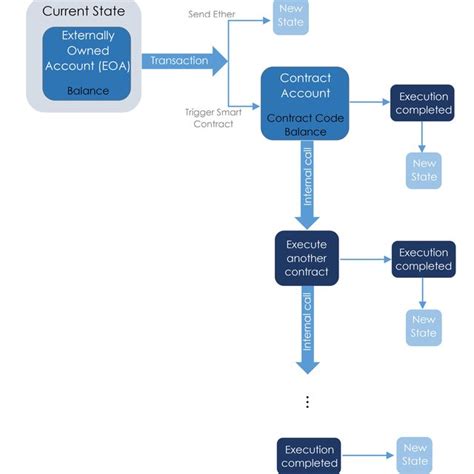Interact with the Token ERC-721 using the safe SDK: a guide

Ethereum’s solidity programming, based on Ethereum Virtual Machine (EVM), provides a series of bookstores and tools to interact with different components of the Ethereum ecosystem. One of these components is the ERC-721 standard token, which allows developers to create, manage and transfer exclusive digital features known as NFT.
In this article, we will explore how to interact with ERC-721 tokens using Safe SDK, a bookstore that simplifies the process of building decentralized application (APPs) on the Ethereum network.
ERC-721
Vision **
Before we immerse us in interaction with the ERC-721 tokens, we quickly examined what they are:
- A Token ERC-721 is an exclusive digital feature that can be filed, transferred and exchanged in the Ethereum blockchain.
- Each Token ERC-721 has an exclusive identifier called “token ID”.
- The token can represent anything from art to collectible objects and its value and use vary widely.
SDK SAFE: Interact with ERC-721 TOKEN
SDK SAFE provides a number of functions for interaction with different ecosystem components Ethereum. To interact with the ERC-721 tokens using safe SDK, you will need to use Ether.js' in combination with safe SDK.
Here is an example of how you can use SDK secure to list, transfer and balance the ERC-721 tokens:
JavaScript
// import the necessary libraries
Consterters = Requirements (‘Eters’);
CONST SAFESDK = Requirement (‘@safe-sdk/ethhereum-safe-sdk’);
// Define your Ethereum provider (for example, infura or alchimy)
Consta Provider = new Ethers.Providers.jsonrpcPrier (‘http: // localhost: 8545’); // ‘
// Define the address of the ERC-721 contract
Consta Erc721Contratdress = ‘0x …’; // Replace with the token contract address
// lists all tokens available on blockchain
Safesdk.getTokens (). So (tokens => {
CONST TOKENIDS = tokens.map (token => token.id);
// Find a specific token for identification
Safesdk.getToken (‘0x …’). So (token => {
Console.log (`token found with id: $ {token.id});
// Transfer the token property to another address
Safesdk.Transferonership (ERC721ContractTDRESS, ‘0x …’, {from: ‘0x …’}). Then (() => {
Console.log (‘successful token transferred’);
}). Catch (Error => {
Console.error (‘transfer error taken:’, error);
});
});
// lists sales of all tokens
Safesdk.getBalances (). Then (scales => {
CONST FINANTSULTS = scales.map (Libra => Libra.Lance);
Console.log (`token available with your sales:);
Console.log (Balancesults);
});
});
`
In this example, we established a simple Ethereum supplier and define the address of the ERC-721 contract. Therefore, we use theGettakens ()to list all IDS ERC-721 available on blockchain.
To find a specific token for ID, we use theGettken (). In this case, we simply pass the ID TOKEN 0x ... .
To transfer the property from one token to another address, we use theTransferwowoship () function. We will follow the address of the ERC-721 contract, the address of the new owner and an object JSON containing the properties of `a '.
Finally, to list sales of all tokens, we use theGetbalances function ().
Token ERC-20 Interactions
Although safe SDK provides an interface for interaction with the ERC-721 tokens, it does not provide a direct way to interact with the ERC-20 tokens. However, it is still possible to use the same library to perform these interactions using the following code:
`JavaScript
// import the necessary libraries
Consterters = Requirements (‘Eters’);
CONST SAFESDK = Requirement (‘@safe-sdk/ethhereum-safe-sdk’);
// Define your Ethereum provider (for example, infura or alchimy)
Consta Provider = new eters.prover.
